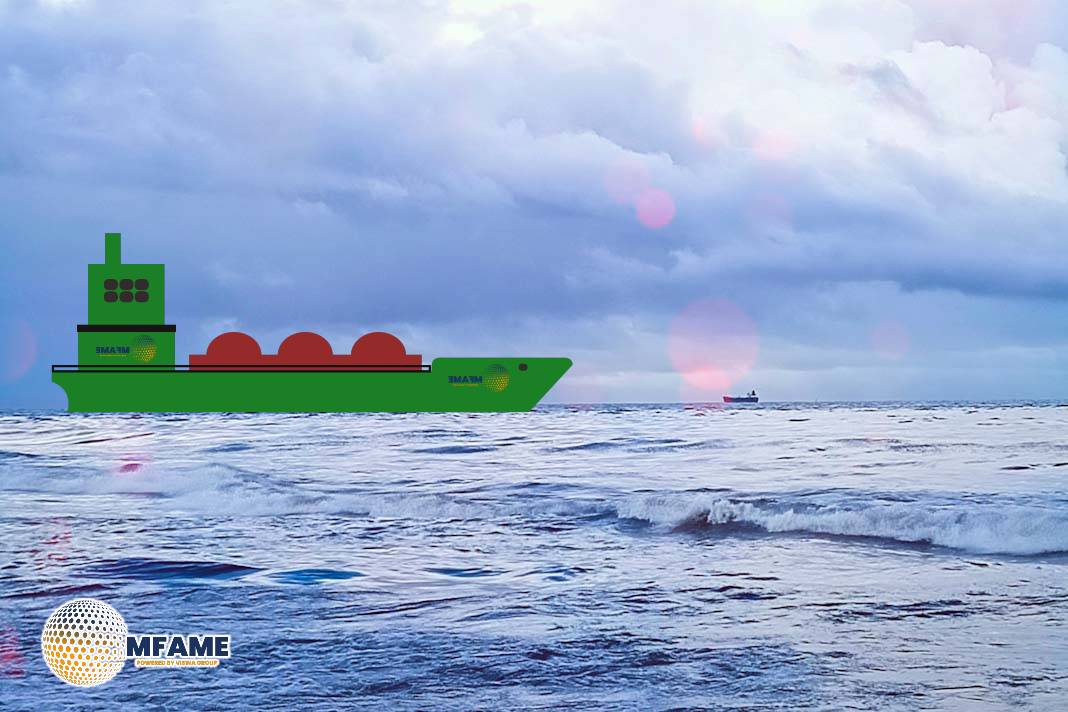Windward reports that Q3 2025 saw unprecedented disruptions across global shipping, driven by escalating sanctions regimes, deceptive vessel practices, and rising risks in navigation and registry. According to their data, the maritime sector now faces multidimensional challenges that demand sharper risk management and regulatory foresight.
Key Disruptions in Q3 2025
1. Vessel & Company Sanctions Surge
Over 1,000 vessels were sanctioned by EU, UK, and U.S. regulators since 2023, with especially stiff action in Q3. Russia-trading vessels bore the brunt. Growth in newly sanctioned companies doubled from the prior quarter, with strong representation in two jurisdictions.
2. GPS Jamming: A Growing Threat to Navigation
More than 11,600 vessels reported GPS jamming in Q3—slightly down from Q2 yet up dramatically from earlier quarters. A new hotspot emerged around Nakhodka Bay and the adjacent oil terminal, underscoring growing vulnerabilities in navigational integrity.
3. Surge in Crude & Condensate Exports
Average shipments reached about 43.1 million barrels per day, surpassing pre-COVID peaks. Major increases came from Russia, the UAE, and Saudi Arabia. Freight rates for large tankers also spiked, reflecting supply chain stress.
4. Rampant False Flag Registrations
False flags became far more common—flagging fraud and deceptive registry practices escalated sharply. New fraudulent registries surfaced in several nations, while flag-hopping rose under sanctions pressure.
5. Dark & Shadow Fleets Expanding Visibility
A large percentage of the so-called “dark fleet” is now under sanction. Ownership remains unknown for many vessels. Flag registries in Comoros, Gambia, and Sierra Leone gained prominence, especially among affected tankers.
6. Elevated Risk Profiles
Global cargo fleets show high concentrations of risk: over 3,800 vessels classified as high risk, many of them linked to Russia. Tanker risk categories remain especially concerning, as do patterns of risk visibility tied to AIS signal loss and STS (ship-to-ship) operations.
7. AIS Signal Losses & Port Call Discrepancies
Most vessels involved in sanctions-related dark activities are linked to Russia or Iran. Meanwhile, port call events in sanctioned regimes remain small as a proportion overall—but substantial when isolated to high-risk contexts.
Implications for Maritime Stakeholders
Shipowners, insurers, and logistics operators must now navigate a landscape where shipping technology, flag registration practices, and regulatory oversight have become frontline risk factors. Data integrity (e.g., AIS, GPS), transparency of ownership, and compliance will increasingly underpin operational legitimacy.
For policymakers, these trends suggest that harmonized sanctions enforcement, registry governance, and international collaboration are more critical than ever. Maritime safety, security, and sustainability frameworks will need updating to manage deceptive practices effectively.
Looking Ahead: What Q4 May Bring
Windward projects that geopolitical tensions—especially US-China relations and the ongoing war involving Russia-Ukraine—will intensify the systemic disruptions. Supply chain inefficiencies, higher freight costs, and logistics imbalances are expected to persist through the end of 2025. Container lines may re-evaluate routes like the Red Sea transit, depending on regional stability and broader security conditions.
Did you subscribe to our daily Newsletter?
It’s Free Click here to Subscribe!
Source: Safety4Sea
















